What is a tachogenerator in a washing machine?
 Sometimes, after sending a washing machine to a service center for diagnostics, equipment owners hear from the technician that it would be a good idea to replace the tachometer. Not understanding what kind of spare part we are talking about, people agree to pay an extra thousand or fifteen hundred for repairs. But is the tachogenerator really broken, or is the specialist imposing an unnecessary service on you? Let's figure out what function the Hall sensor performs and how to check whether the part is working properly.
Sometimes, after sending a washing machine to a service center for diagnostics, equipment owners hear from the technician that it would be a good idea to replace the tachometer. Not understanding what kind of spare part we are talking about, people agree to pay an extra thousand or fifteen hundred for repairs. But is the tachogenerator really broken, or is the specialist imposing an unnecessary service on you? Let's figure out what function the Hall sensor performs and how to check whether the part is working properly.
Purpose of the tachometer
The “heart” of any washing machine is the electric motor. It is he who makes the device work, converting electrical energy into mechanical energy. The tachogenerator in a washing machine is an element that controls the speed of the motor. The Hall sensor is located on the engine rotor.
The tachometer monitors the voltage level of the electric current generated by the motor. Thanks to the tachogenerator, all components of the automatic machine work as specified by the program. If an element fails, the drum will rotate chaotically, slower or faster than specified by the settings.
A tachometer is a small metal ring to which wires are connected.
The tachogenerator is easier to find and test in washing machines with commutator motors. It is very easy to understand which engine your machine is equipped with. Remove the back wall of the housing and see if there is a pulley with a drive belt behind it. If yes, this is a collector.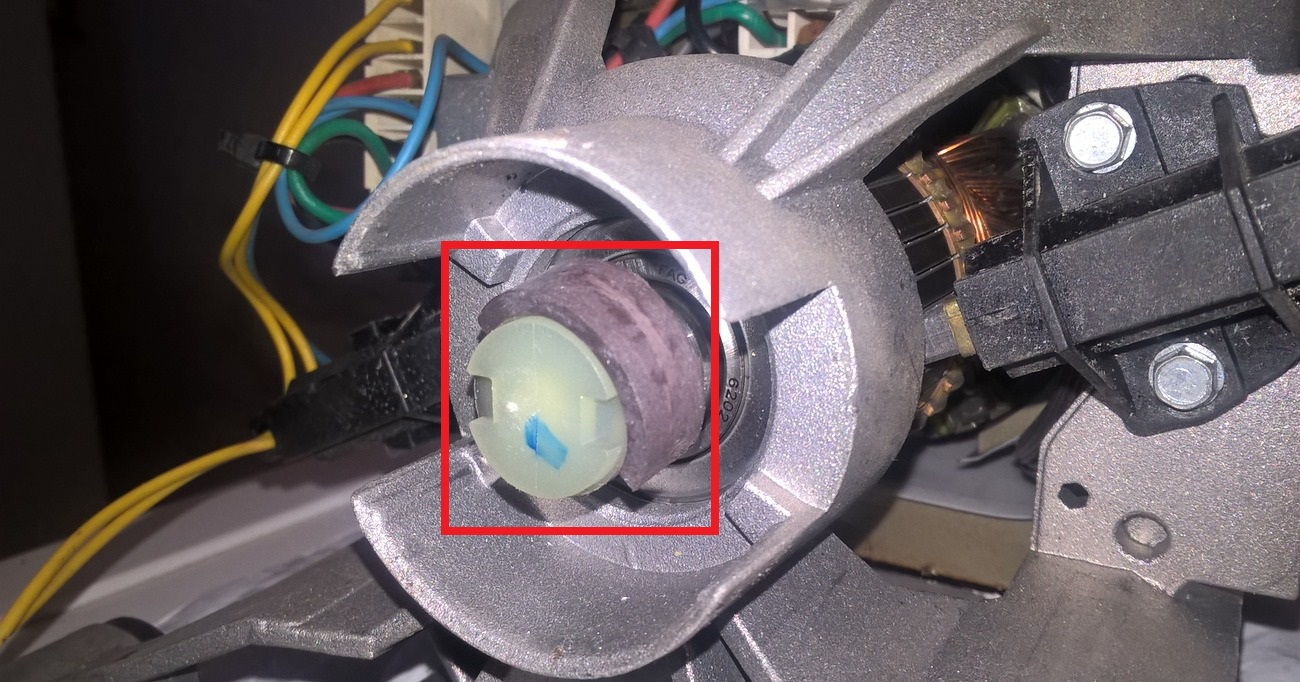
If there is no belt drive mechanism, then the washing machine is equipped with an inverter motor, and the Hall sensor is built inside the body. The tachogenerator measures the speed of the electric motor and transmits this information to the main control unit.The data is processed, and the module gives a signal to either speed up the rotation or, conversely, slow it down.
How does a broken tachometer manifest itself?
When the tachogenerator stops performing its functions, the normal operation of the entire automatic machine is disrupted. The “brain” of the washing machine does not receive information about the speed of rotation of the motor, so it cannot control the speed of the drum during washing, rinsing and during the spin process. What are the main “symptoms” of a faulty Hall sensor? What problems can such a breakdown cause?
- The engine of an automatic car constantly runs at high speeds. Due to this, strong vibration of the body is observed, noise, hum and knocking are heard inside the washing machine.
- The motor experiences increased load, which is transferred to both the drum pulley and the shock absorbers. Therefore, parts wear out faster.
- When the engine speed is not controlled, there is an imbalance of the drum and the entire drive mechanism. For this reason, the pulley belt quickly wears out and breaks.
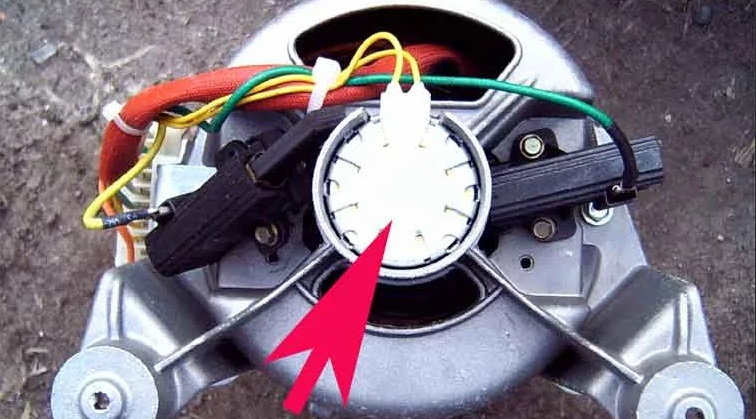
- Due to the chaotic rotation of the drum, the bearing assembly fails faster.
- On cars with an inverter engine, when the Hall sensor breaks down, a constantly increasing squeak is heard. In this situation, the rotation of the drum is blocked.
- If the tachogenerator breaks down, the washing machine starts to work jerkily, and it also does not start spinning.
Automatic machines equipped with a self-diagnosis system, if the tachometer breaks down, display the corresponding error code on the display.
If the washing machine vibrated and hummed strongly, and then the cycle stopped and a fault code appeared on the display, look at the instructions for the equipment.The breakdown designation is different for different models of equipment, so only the user manual will help you decipher the error.
How to properly test a tachometer?
If you suspect that the machine has stopped working due to a broken Hall sensor, check the part yourself. Diagnostics of the tachogenerator is performed using a multimeter. The device will help measure the voltage of the element and draw a conclusion about its serviceability.
First, turn on the multimeter and put it in dialing mode. Apply the tester probes to the tachogenerator contacts, and with your free hand, rotate the engine rotor, no matter in which direction. If at the moment of rotation the measuring device beeps and the arrow on the display fluctuates, then the Hall sensor is working.
Next, the measuring device switches to voltmeter mode. Set the reading limit to 4-5 Volts and place the tester probes against the tachogenerator contacts. Spin the rotor again and observe the values on the multimeter screen. If the tachometer is working properly, then the voltage generation will be 0.2-2 Volts.
If checking with a multimeter does not reveal a malfunction of the sensor, make sure that it is securely fixed to the electric motor. Perhaps the fastening bolt has loosened or the power contacts have come loose. In this situation, you will need to tighten the screw or tighten the wires. You can also use a multimeter to measure the resistance produced by the tachogenerator. Normally, the indicator should be about 60 ohms. If the Hall sensor does not show activity at all when tested by the tester, then the element will have to be replaced.
We replace the faulty part
Having discovered that the tachometer is faulty, you will have to buy and install a new part. You need to purchase components suitable for a specific model of washing machine. Before starting work, be sure to turn off the power to the equipment. Next, dismantle the back wall of the case and find the electric motor, and on it - the tachogenerator.
Then you need to unhook the contacts of the Hall sensor and pull it out from its mounting location. When dismantling the element, you will need a small thin screwdriver. Once the connectors are disconnected, remove the top cover of the tachogenerator. It may either not be fixed or held in place by several screws.
When dismantling a part, it is better to take photographs so as not to make mistakes during reassembly and to connect the contacts correctly. Based on the pictures, install a new tachogenerator. Then return the back wall of the machine body to its place and run a test wash.
Interesting:
Reader comments
- Share your opinion - leave a comment
Categories
Washing machine repair


For buyers

For users

Dishwasher



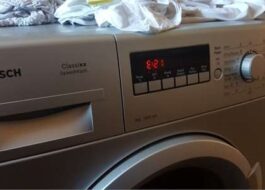
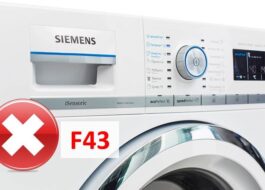
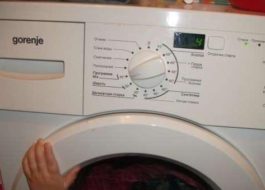











Add a comment